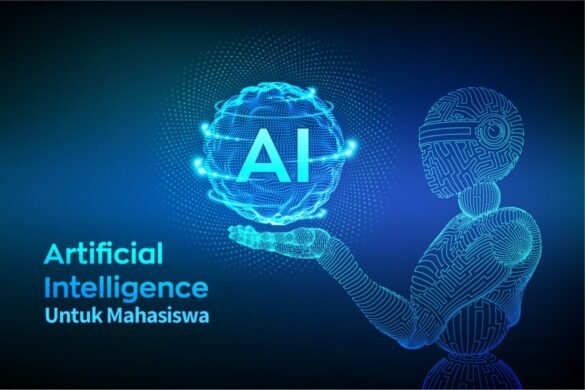Artificial Intelligence (AI) is transforming how we live, work, and interact with technology. From voice assistants to self-driving cars, AI is embedded in countless tools and systems we use every day. But what exactly makes AI so intelligent and impactful? The answer lies in its powerful features that allow machines to mimic human thinking and decision-making.
1. Machine Learning
One of the core features of AI is its ability to learn from data. Through machine learning, AI systems improve performance over time without being explicitly programmed. By analyzing large datasets, the AI identifies patterns and makes predictions or decisions based on what it has learned.
- Example: Recommendation systems on Netflix or YouTube that suggest content based on your watching history.
2. Natural Language Processing (NLP)
AI can understand, interpret, and respond to human language through NLP. This enables machines to interact with us using everyday speech, making technology more accessible and user-friendly.
- Example: Chatbots, virtual assistants like Siri or Alexa, and translation apps.
3. Computer Vision
Computer vision gives AI the ability to see and interpret images or videos. It enables machines to detect objects, recognize faces, and even analyze visual environments.
- Example: Facial recognition in smartphones and image tagging in social media.
4. Problem Solving and Decision Making
AI is capable of analyzing complex data and making intelligent decisions, often faster and more accurately than humans. It evaluates different possibilities and chooses the best course of action based on logic and past outcomes.
- Example: AI in finance used for fraud detection or investment analysis.
5. Automation and Robotics
AI-driven systems can perform repetitive tasks automatically, without human intervention. This improves efficiency and reduces errors in industries like manufacturing, logistics, and customer service.
- Example: Robots assembling cars or AI-powered software handling customer support tickets.
6. Adaptability and Self-Correction
Unlike traditional software, AI systems can adapt to changes and correct their actions. If an AI makes a mistake, it can adjust and avoid repeating that error in the future.
- Example: An autonomous vehicle learning to drive better after encountering new traffic patterns.
7. Data Analysis and Pattern Recognition
AI can process enormous volumes of data to uncover patterns that are invisible to humans. This makes it ideal for industries like healthcare, finance, marketing, and cybersecurity.
- Example: Detecting early signs of disease through analysis of medical records or scans.
8. Context Awareness
Some advanced AI systems can understand the context in which they operate. This means recognizing the user’s intent, environment, and emotional tone to offer more personalized responses.
- Example: Smart home systems adjusting lighting and temperature based on your habits and mood.
9. Integration with IoT
AI works seamlessly with the Internet of Things (IoT), allowing smart devices to communicate and make decisions independently. This connectivity improves efficiency in homes, cities, and industries.
- Example: Smart thermostats that learn your preferences and reduce energy consumption.
10. Scalability
AI can handle increasing amounts of work without compromising performance. This makes it suitable for both small tasks and large-scale enterprise applications.
- Example: Cloud-based AI services managing millions of transactions or customer interactions simultaneously.
Conclusion
The power of Artificial Intelligence lies in its ability to learn, adapt, and perform tasks that once required human intelligence. Its features—like machine learning, NLP, and automation—are revolutionizing industries and reshaping our world. As AI continues to evolve, understanding its core capabilities helps us harness its potential responsibly and effectively.

